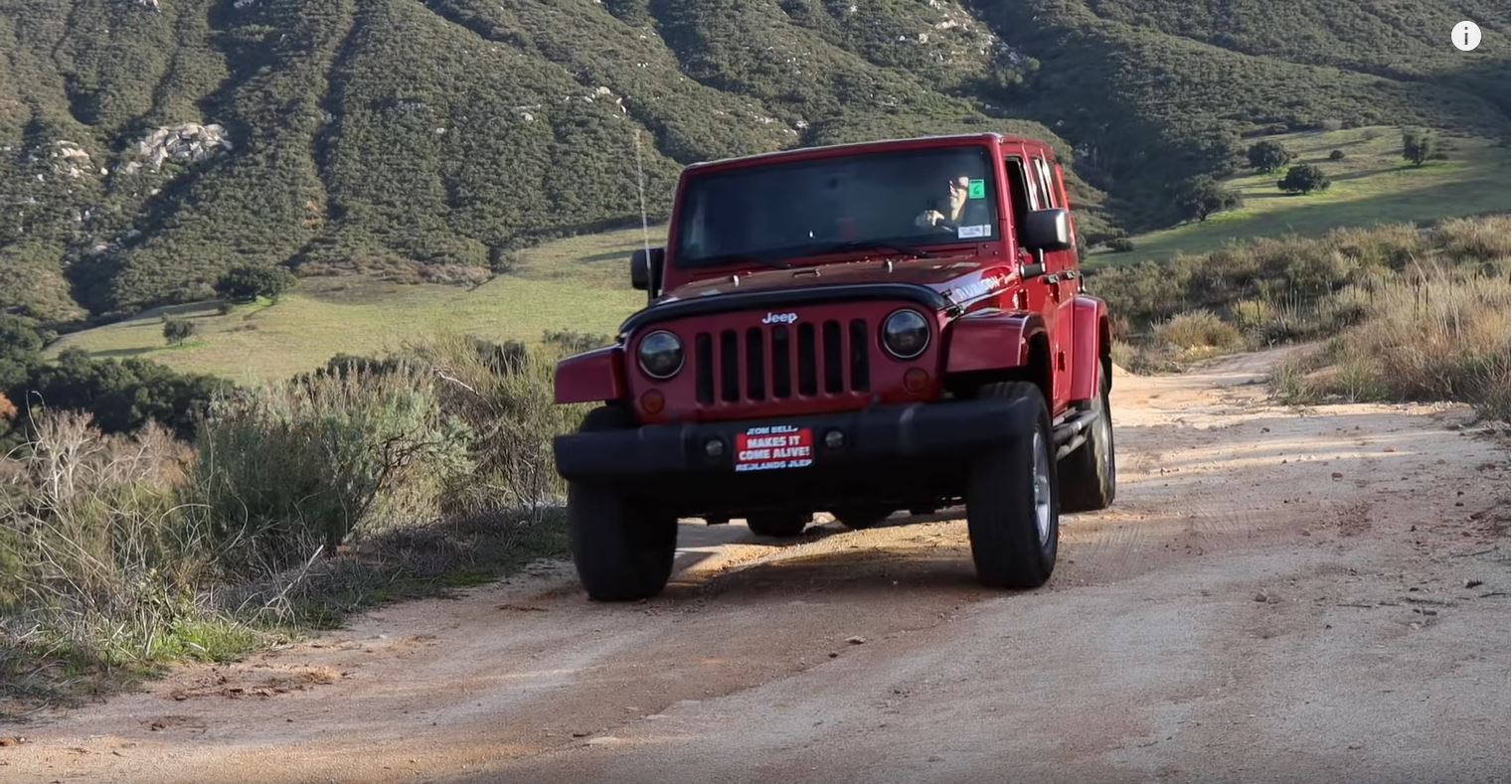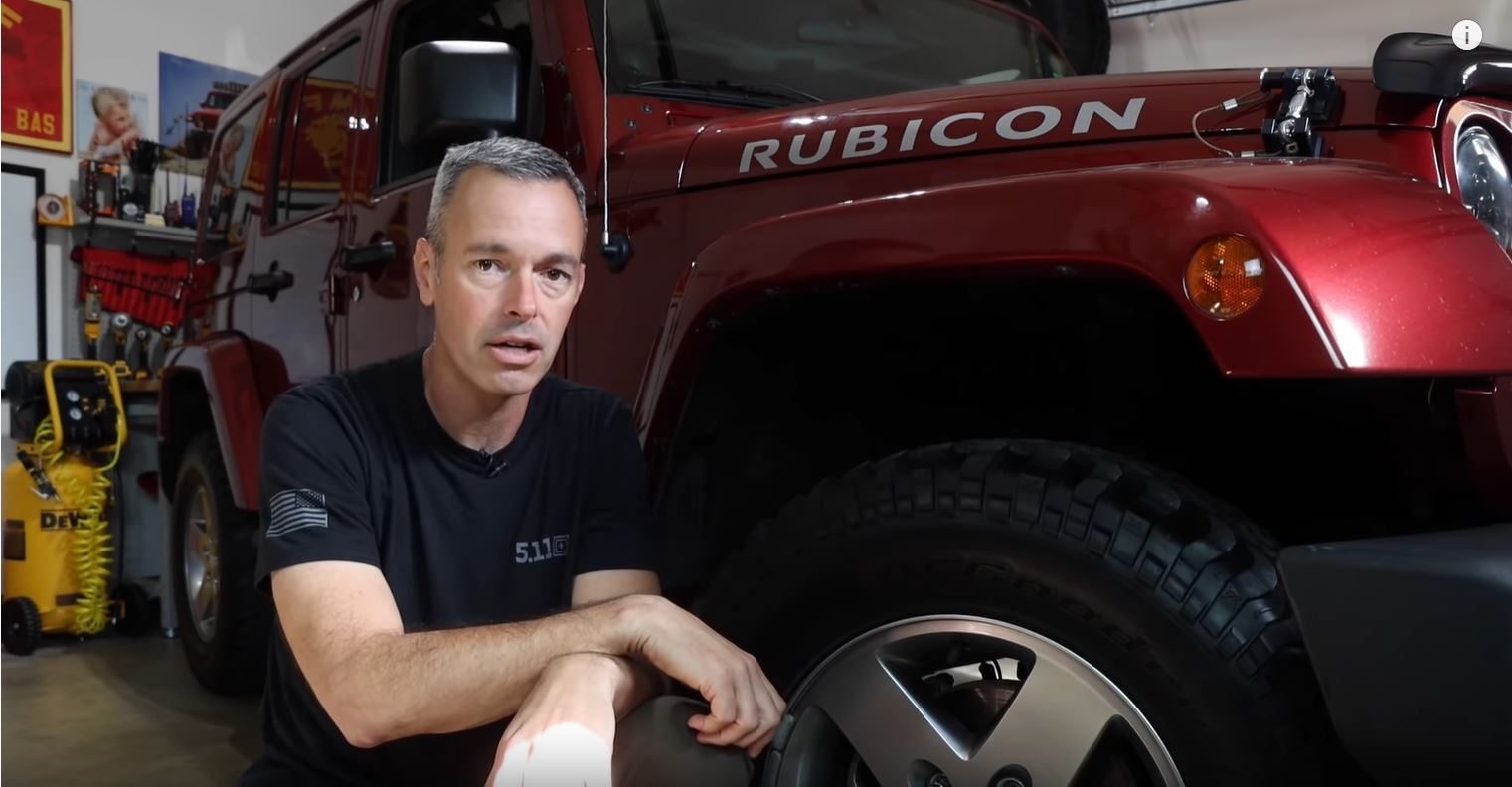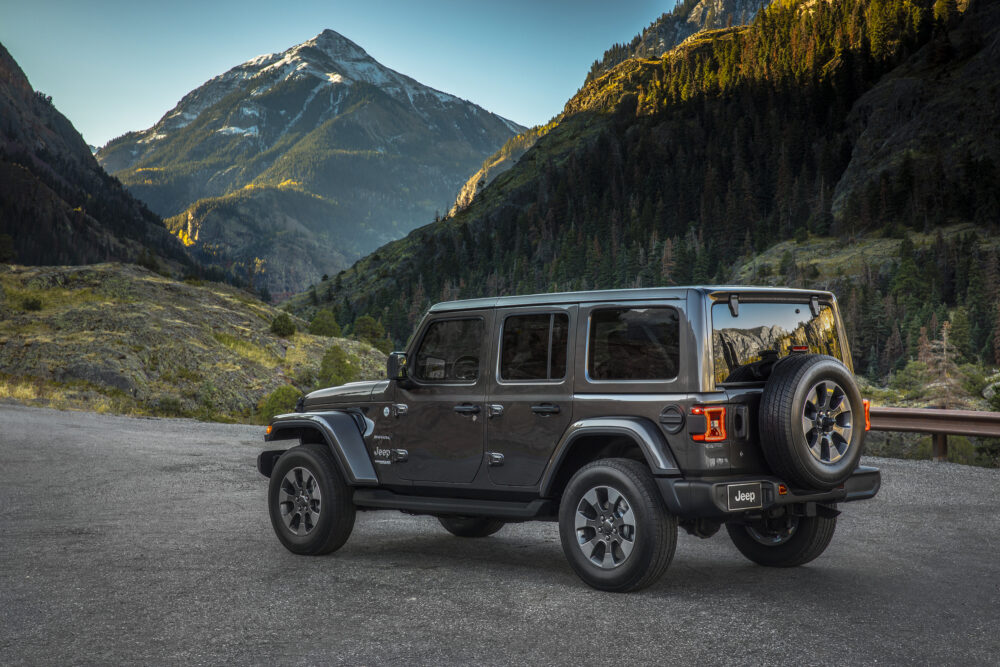Here’s What to Look for When Buying a Used JK Wrangler
TrailRecon’s checklist covers everything you need to know if you’re interested in buying a used Wrangler.
In the world of off-roading, it’s not a mystery to most of us (especially on the JK-Forum) that the Jeep JK Wrangler is one of the most capable machines out there. Even stock from the lot, it’s made to have the first few miles on the odometer be from hitting a trail. After all, it’s no mystery as to how the Jeep Wrangler has won so many awards for being the most popular off-roader. With the constant popularity and praise, the Wrangler unsurprisingly inspires people to own one of their own. Though, taking a look at the prices for newer Jeeps can be a little intimidating – so, what about used ones? Used Jeeps are always a viable and cost effective option. But, like any used car, there are some things to look out for before biting the bullet and forking the cash over.
Therefore, Brad from TrailRecon released a video going over a JK Wrangler specific list of things to look for when buying a used JK. If you’re not familiar with his channel, he gained his fame through documenting his adventures in his various Jeeps – making him a very valuable trove of information about Jeeps and properly using them. Let’s break down what he had to say.
First, the Exterior

From 2007 to 2018, Jeep made the famous JK as we know it. It came in either a two-door or four-door version, soft or a hard top, and came in a few different trim packages to meet different needs. The JK Wrangler that Brad looked over happened to be a 2012 four door Wrangler Rubicon Unlimited he borrowed from his local dealership while they serviced his own JK. Unsurprisingly, it made for a wonderful visual when talking about things to look for.
First thing Brad pointed out was the differences between the two-door and four-door configurations. Brad said that with the two-door Jeeps, used they tend to be a lot cheaper. Additionally, the wheelbase is shorter and therefore the turning radius tends to be a lot sharper, making the Jeep feel a lot lighter on its feet. However, getting his dog and passengers in and out of the two-door is a lot more challenging than it is for him with his four-door JK. Another issue that Brad presented was about cargo space. If passengers and a dog aren’t part of the equation, the four-door gives an owner that much more space for storage.
Aside from cargo space and the number of doors, Brad makes an excellent point about plastic.
“There is a lot of plastic on the Jeep Wranglers,” notes Brad. “The bumpers, fenders, door handles, and mirrors are all plastic. And they all fade pretty quickly… So don’t be surprised if you see those areas a little grey. Some special products and attention will clean them up nicely.”

Stock hood latches can sometimes be an issue, as well. The stock hood latches are made of rubber, and Brad makes sure to say that when they’re rubber, there tends to be a lot of hood flutter when driving on the freeway at high speeds (say, 70 mph). While he says that’s not necessarily something that’s dangerous, it could very well be annoying, and therefore it would be wise to look if they’ve been replaced. If not, to consider replacing them with higher quality aftermarket hood latches. For instance, the hood latches Brad used for a visual had them upgraded with metal latches.
Taking a Peek Under the Hood
After talking about the hood latches, the next topic of discussion was what can possibly happen with the motor and electrics. According to Brad one of the more important places to inspect on a used Jeep is under the hood. One of the better ways to be prepared is to know the differences between the engines the JK came with.
From the years Brad refers to with the JK (2007-2018), the Wrangler came with either a 3.6 liter V6, or a 3.8 liter. Brad says that both engines are reliable, but that are some differences worth talking about. For instance, the 3.6, though a smaller displacement engine next to the 3.8, the 3.6 had 83 more hp than the newer engine. Additionally, the 3.6 had some problems that every Jeep buyer should be aware of, and know how to look for. First thing Brad notes is to look out for someone adding a supercharger to it. And if that is the case, to have a specialist make sure that it’s running the best it can. Apparently adding a supercharger to the 3.6 (or the 3.8) is very common, but improper installation or lack of other accommodating parts is just as common.
Other things to look out for on the 3.6 are the water pumps are they’re known to be a problem, the radiator leaking before 100k miles, the oil cooler leaking, a manifold crack (which he notes is easy to identify by listening for a ticking sound while idling); the coolant reservoir is known to crack, and after 100k miles the engine is known to consume oil. He is very careful to say that these are problems that are not difficult or very expensive to fix – but, if they’re apparent on a Jeep you’re looking to buy, these are aspects to use to possibly drive down the price.

After taking the time to talk about the engines and their issues, the next aspect he touched on was wiring and accessories.
“A lot of people add a lot of accessories to their Jeep, and that’s normal,” says Brad. “But one thing you really want to pay attention to with modded used Jeeps is the wiring. I’ve seen some really nice wiring, and I’ve seen some really bad wiring. If you see wires all messy and all over the place, I would proceed with a little bit of caution.”
The main reason he says that an ugly mess of wiring is a red flag is because it signifies a serious lack of care and consideration. If the wiring is good and carefully done, it means that the owner took the time and put in the effort to make it that way. Which can then translate into a larger spectrum of care that went into the vehicle.

Wheels, Tires and Lifts – Oh, my!
“So, what do most people do when they first buy a Jeep Wrangler?” asks Brad. “Well, they usually lift them and put bigger wheels on them, and that’s a super common thing you’ll see when shopping for a used one. However, when inspecting, you need to know what to look for, because sometimes people [lift their Jeep] well, and sometimes they don’t do it well at all.”
While lifting a Jeep is common because of the added clearance and ability it lends to an already capable vehicle, not all lifts are equal. However, when buying a used Wrangler, there are some easily identifiable signs to tell if a lift was installed incorrectly. The first thing to look for is tire rubbing. Areas to check for tire rubbing are on the inside of the bumper, on the sway bar, lower control arm, or up inside the fender wells. While you’re in the wheel wells looking for signs of poor work, Brad suggests taking a gander at the undercarriage to look at the level of abuse it has or hasn’t endured going off-road. Scrapes, bumps or even some dents are to be expected from a car that’s gone where most can’t. What he urges you to check are important suspension and drive train parts.
For lifted Jeeps, especially those with lifts that are four inches or more, drive shafts tend to become an issue. Why they tend to wear out quicker on lifted Jeeps is due to the change in angle in which it spins – and wise Jeep owners will swap it out with a sturdier, aftermarket drive shaft that can handle the angular changes. If the Jeep is lifted and still has the stock drive shaft, he advises that you be ready to invest in a better one. While looking at the drive shaft, Brad also strongly suggests asking about fluid change intervals for the transfer case and differentials. As any off-roader would know that they are important aspects to a functioning vehicle, but not all owners take the time to tend to their vehicles.
Last But Not Least, Test Drive the Wrangler.

Test driving a possible purchase, Brad argues, is maybe one of the most important parts of buying something used – but especially with a Wrangler. He says that checking the acceleration and braking efficiency is up to par, as people who upgrade to larger tires don’t usually upgrade the brakes – which can be a major safety hazard. Secondly, the steering on a Jeep should be firm, and precise. Lifted Jeeps can, if neglected, can have loose steering, or it can wander to the left or right. Also, it’s important to look out for the notorious death wobble. The quickest way to check for that is through the feel of the steering wheel.
If you’d be a first time Jeep owner, Brad wants you to know that a Jeep, no matter how new or stock, will not be as comfortable as a BMW. They’re an off-roader and a utilitarian vehicle, so capability was at the forefront of the engineering mind – not comfort. So, just keep that in mind when you’re driving a Jeep – but especially a Wrangler.
After sitting through the video and reading the article, we sincerely wish you the best in your hunt for a used Wrangler. Happy Trails!
Photos: Screenshots and Jeep Media
